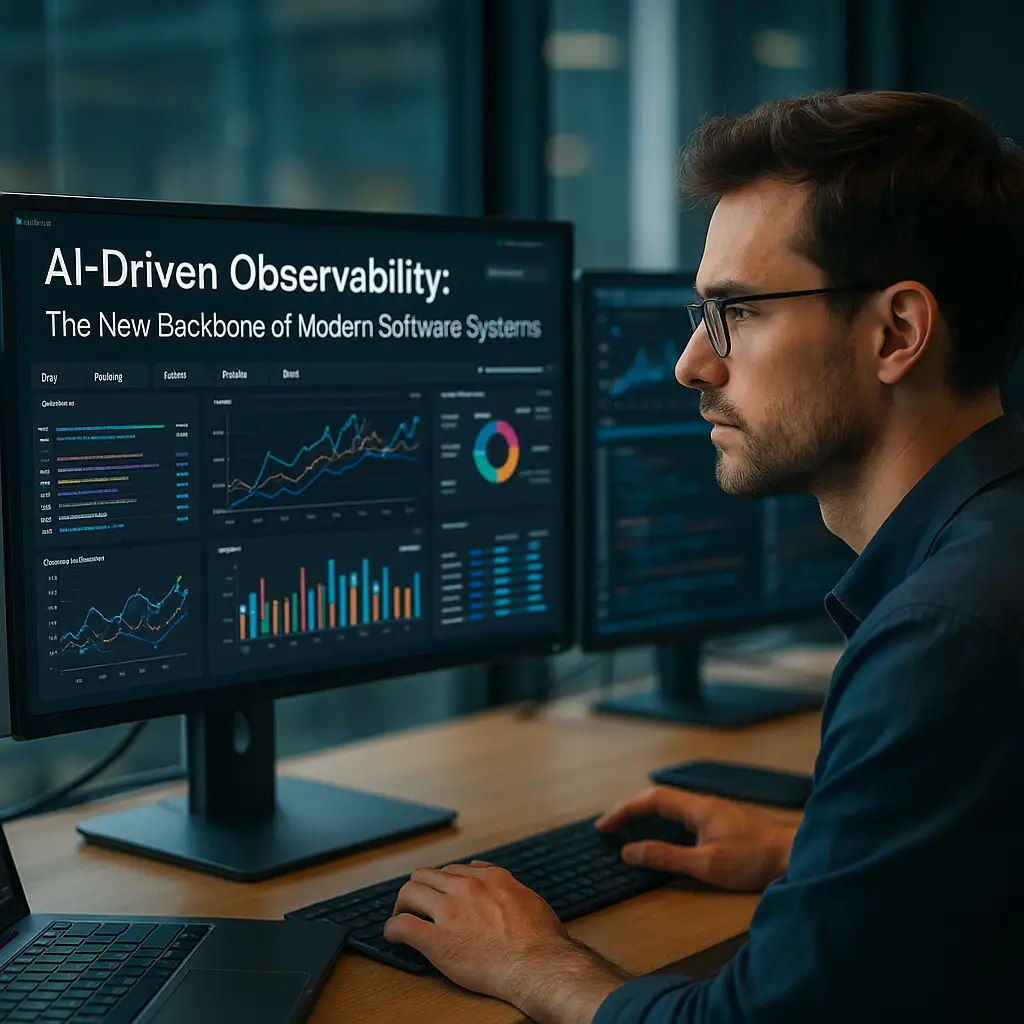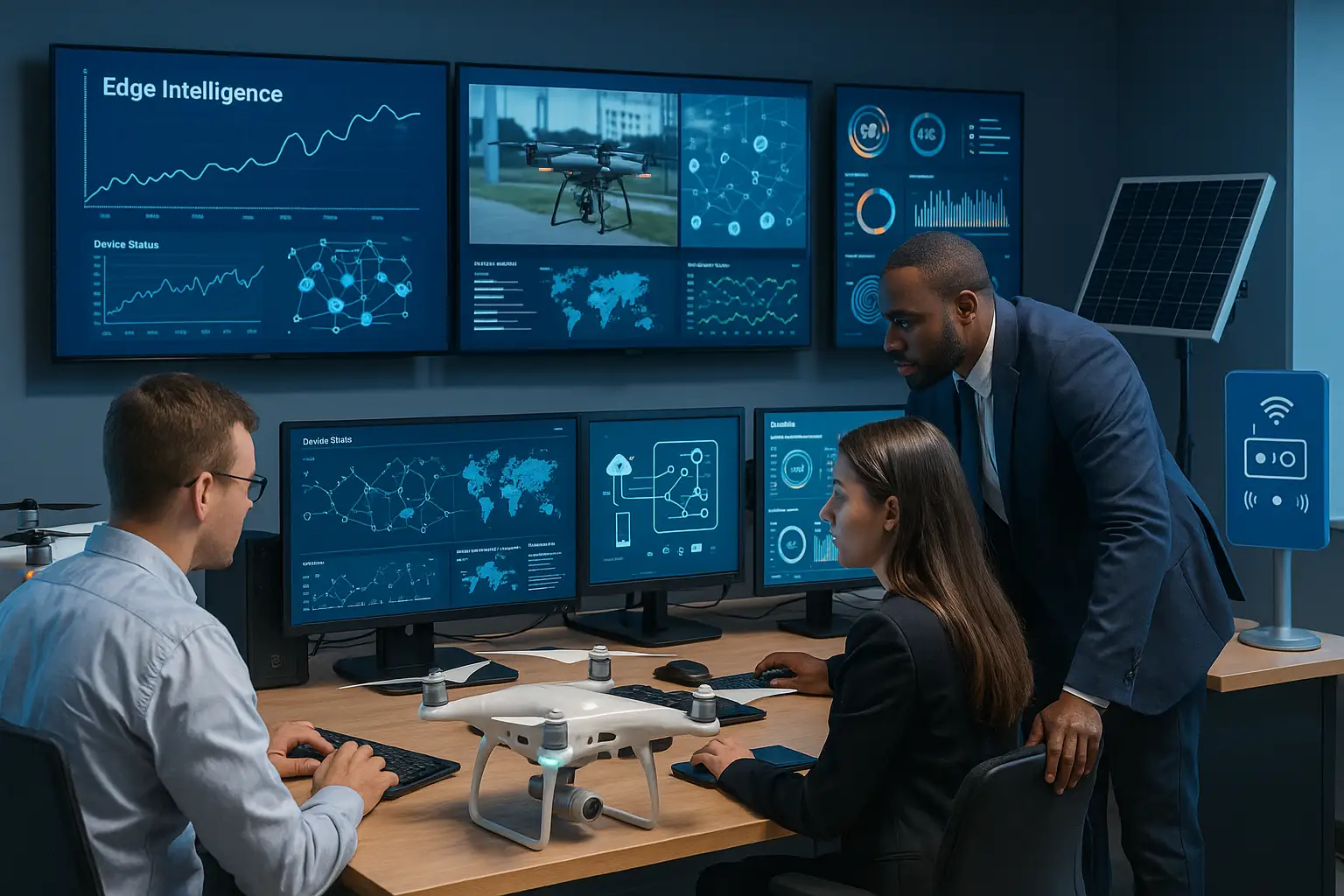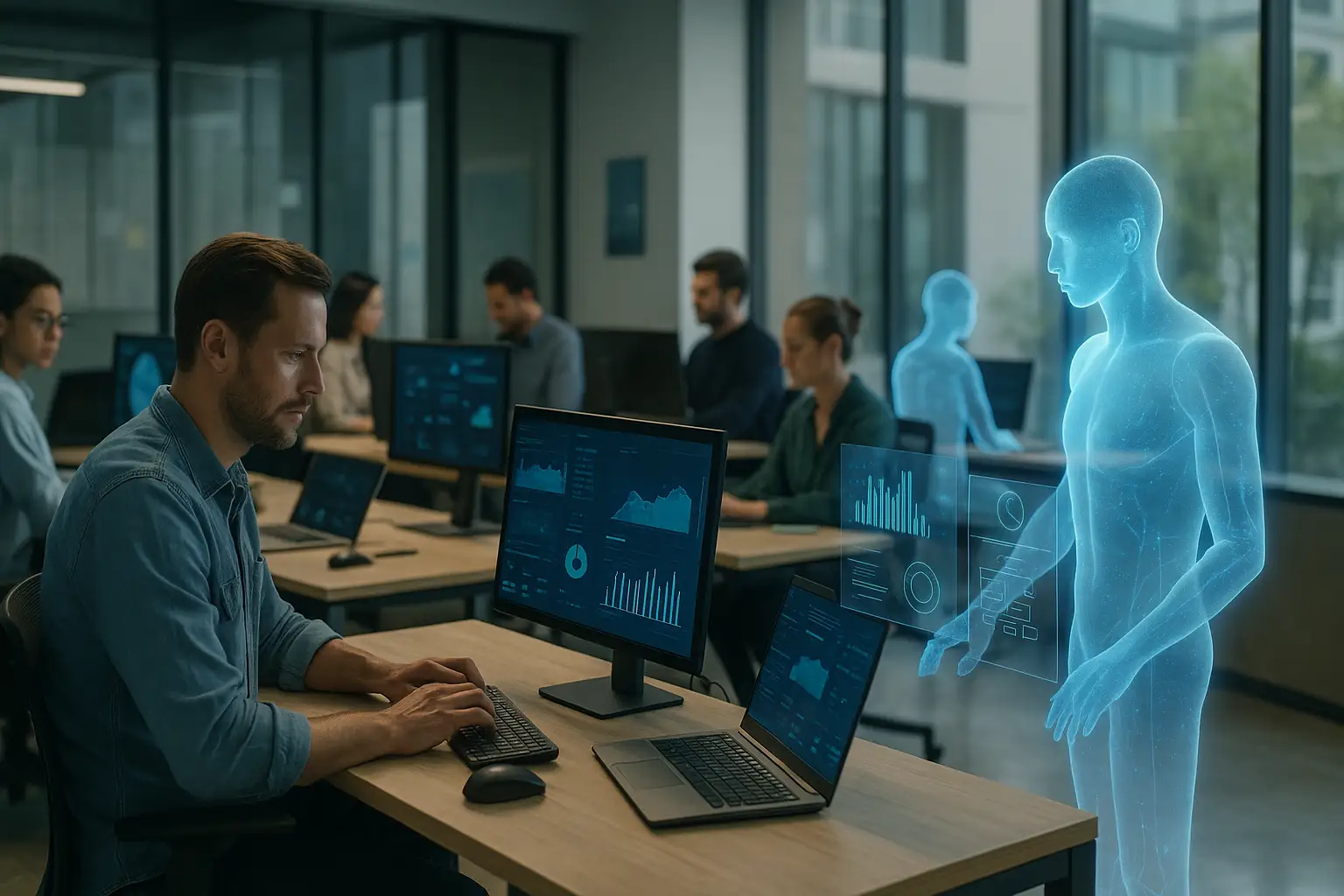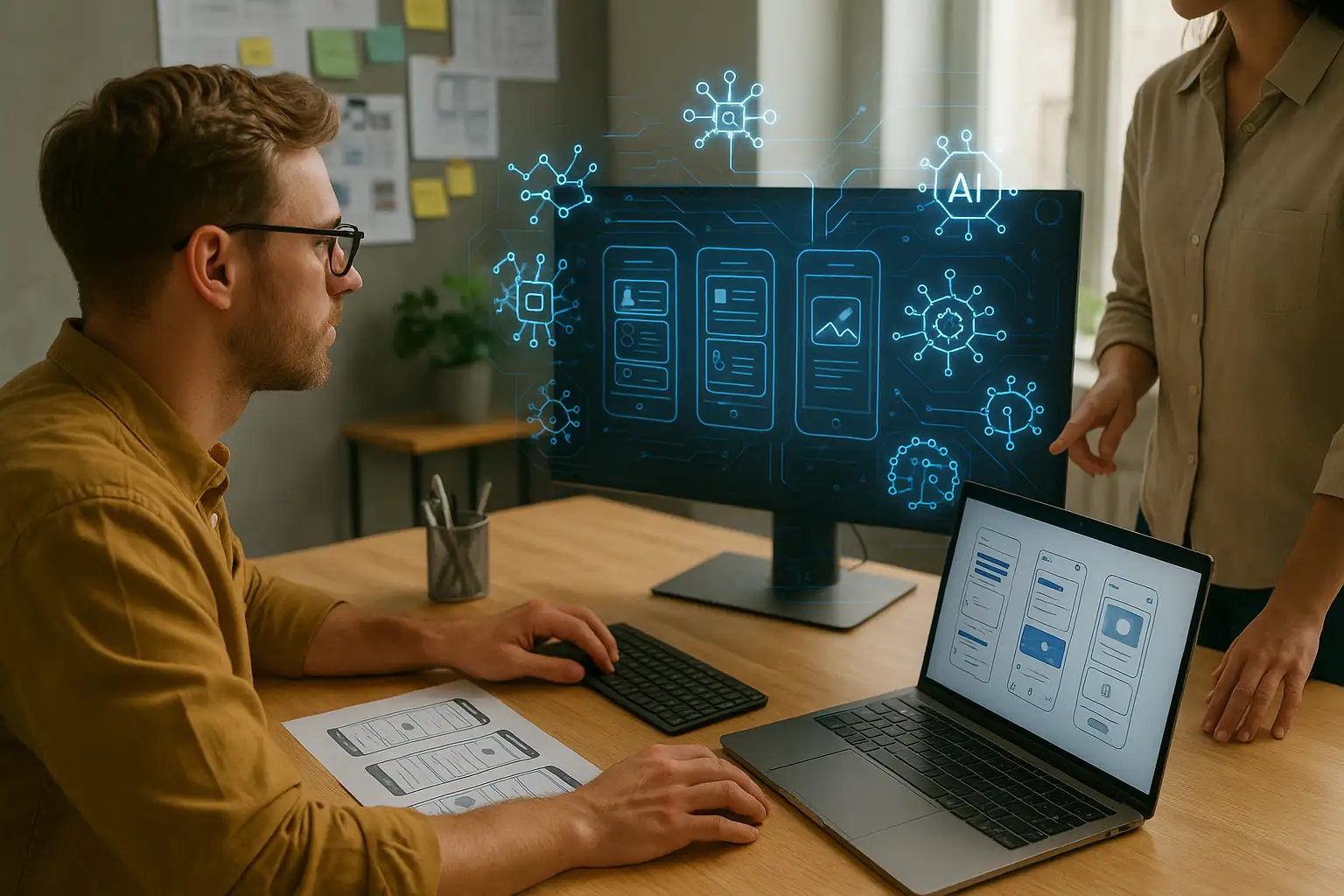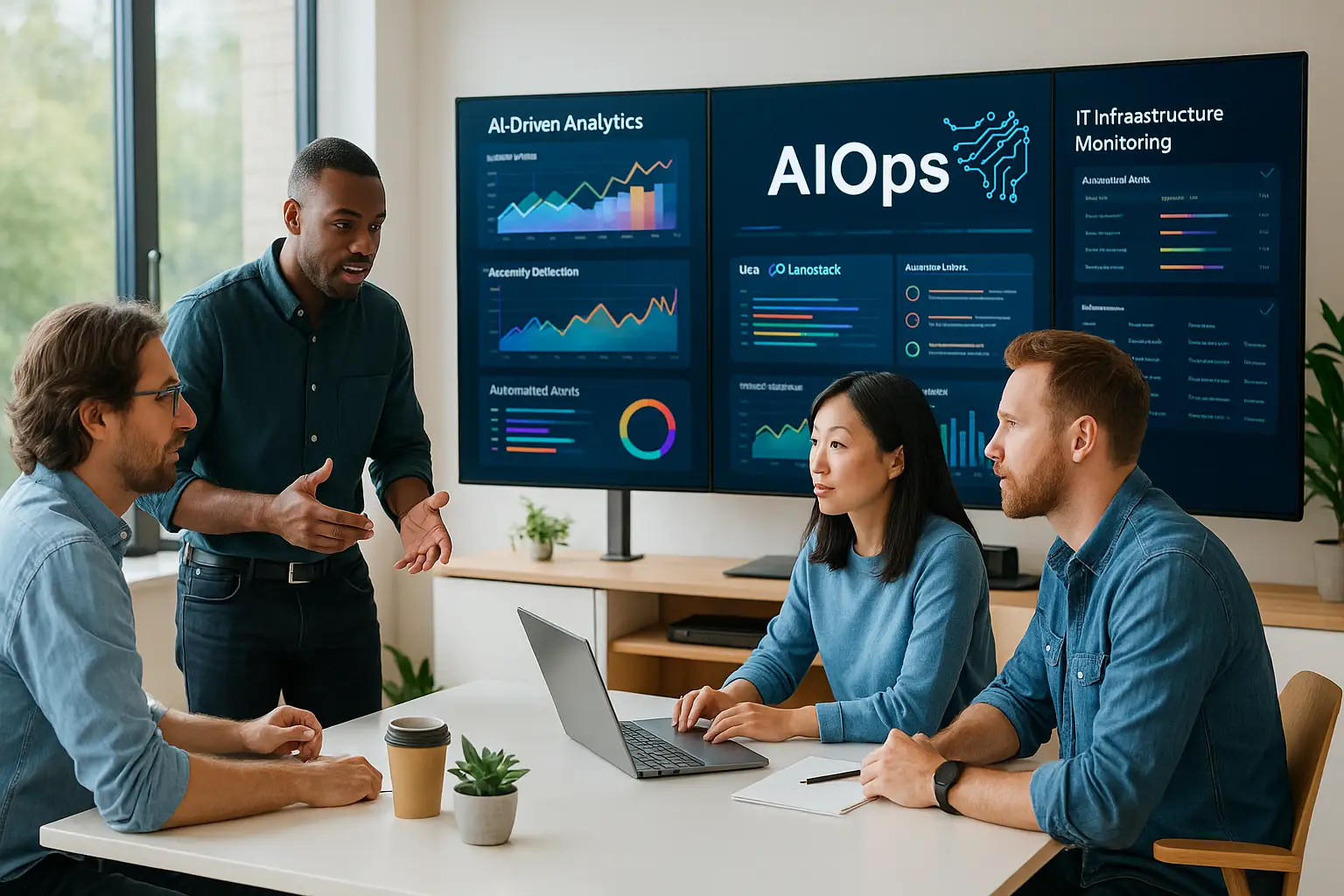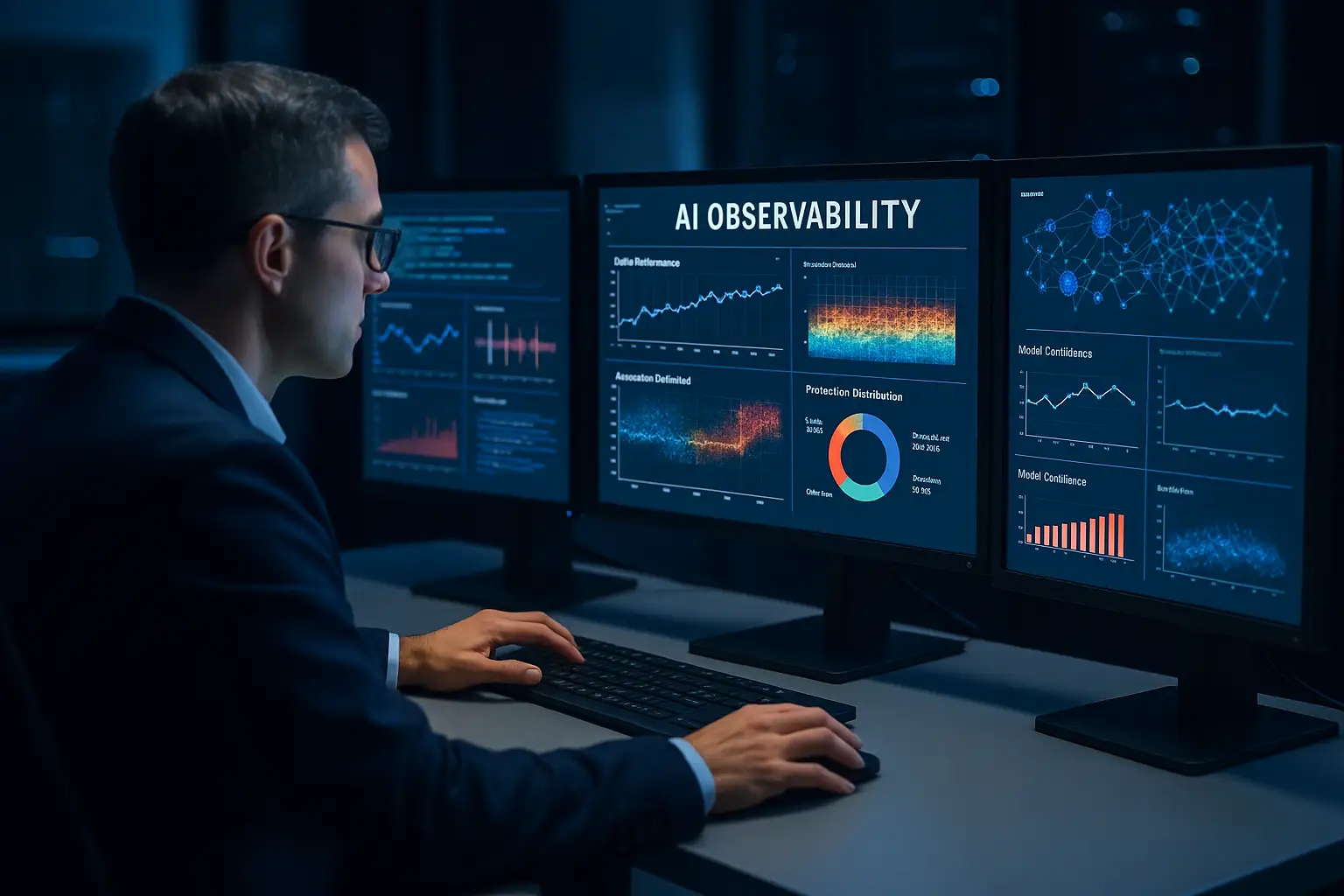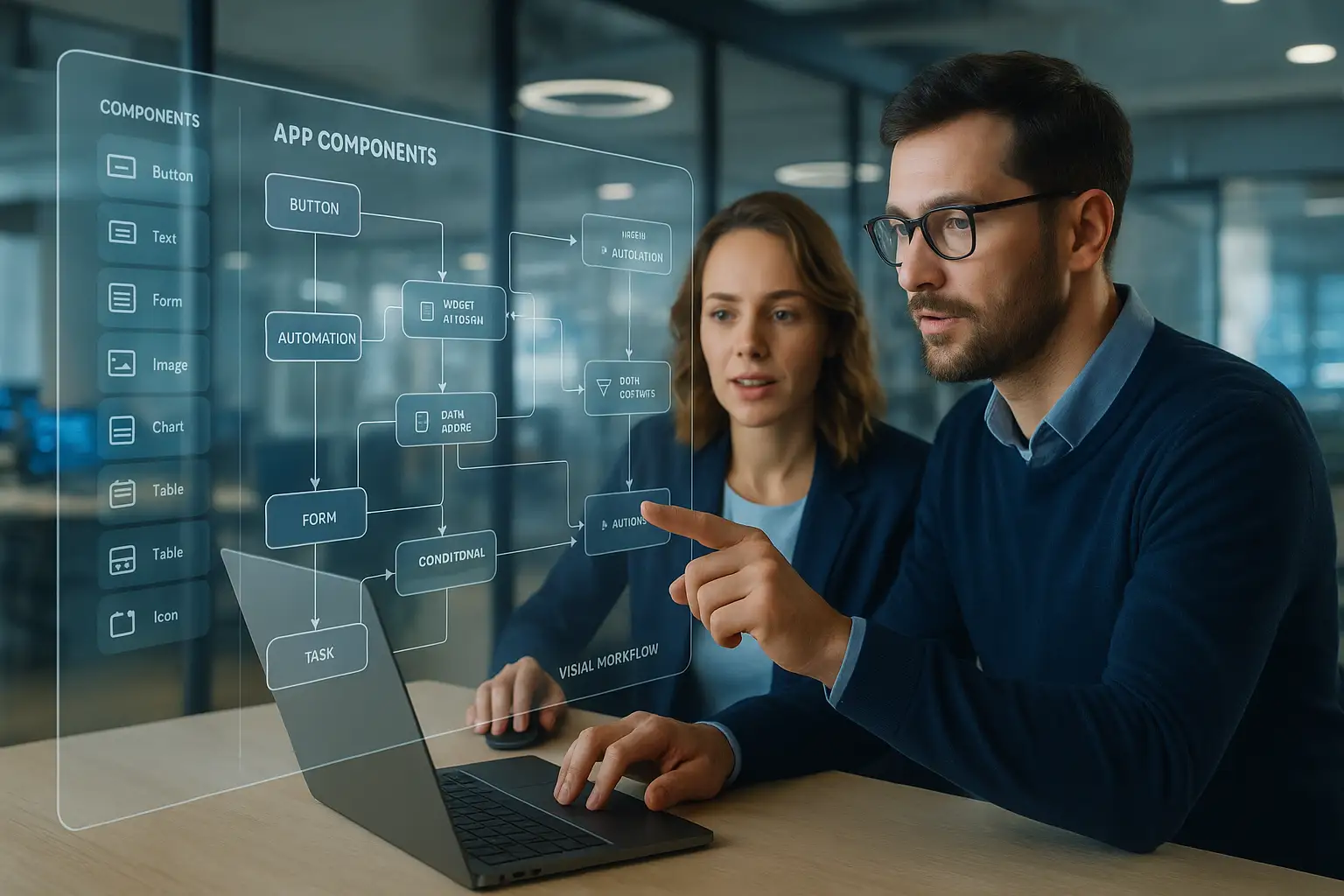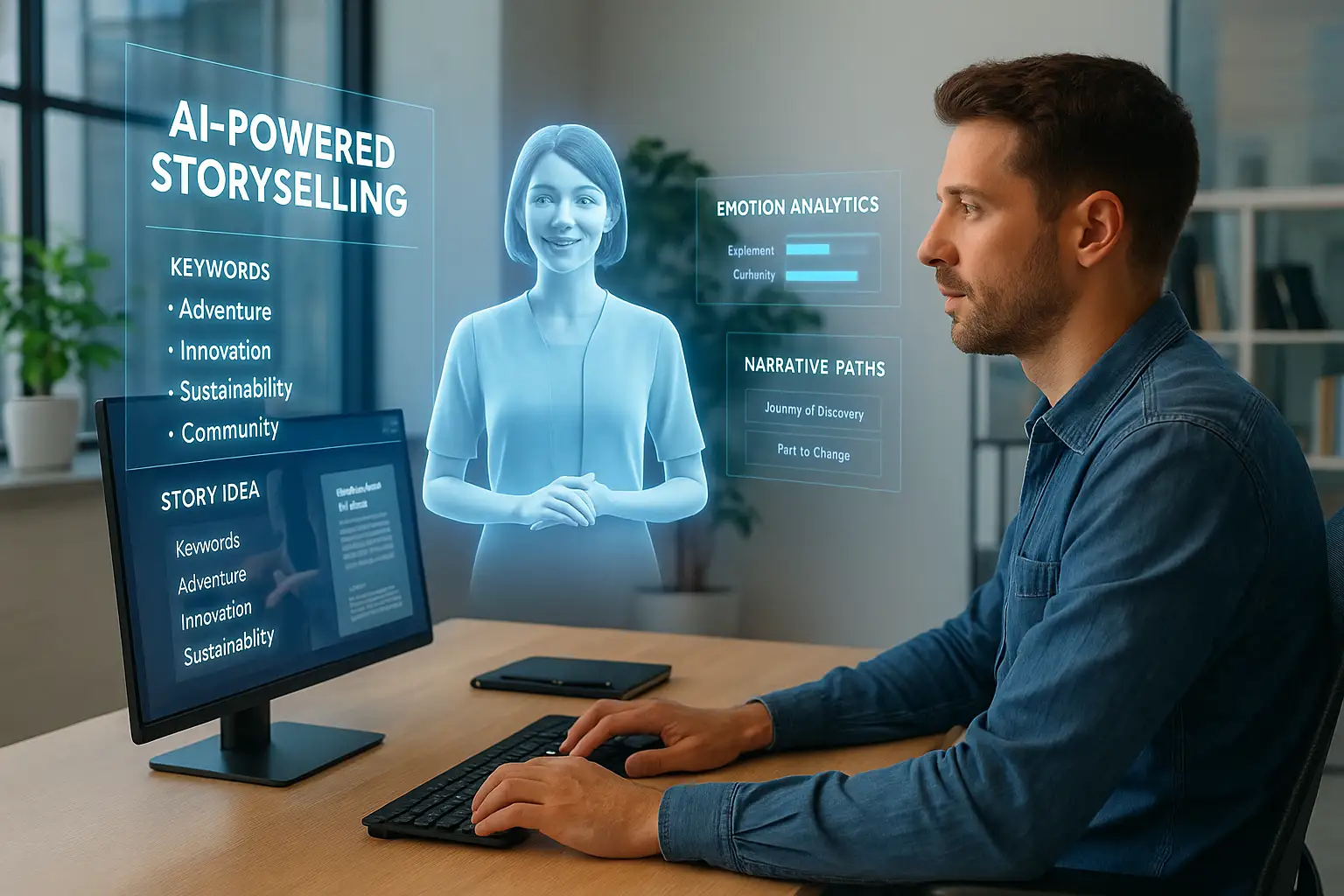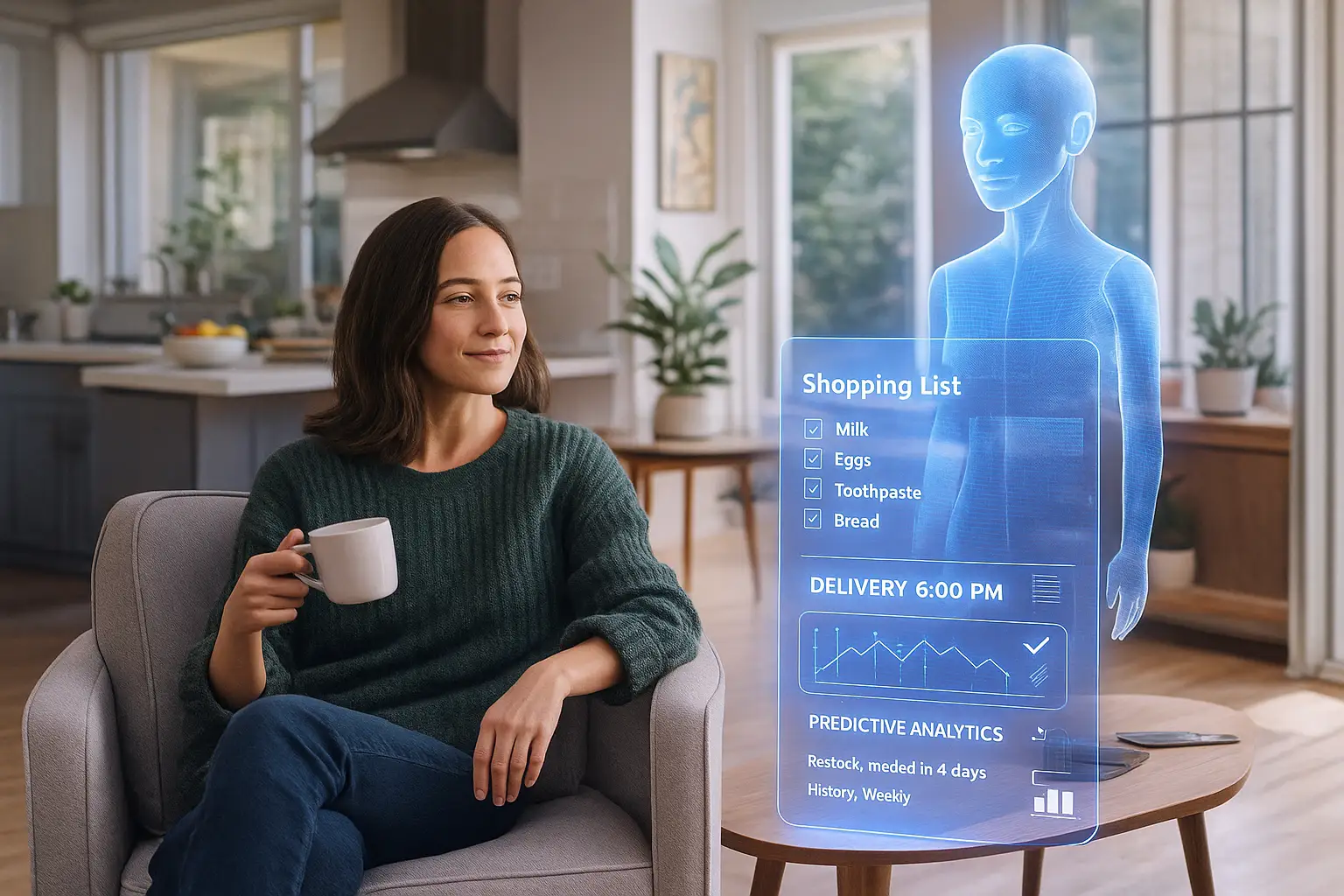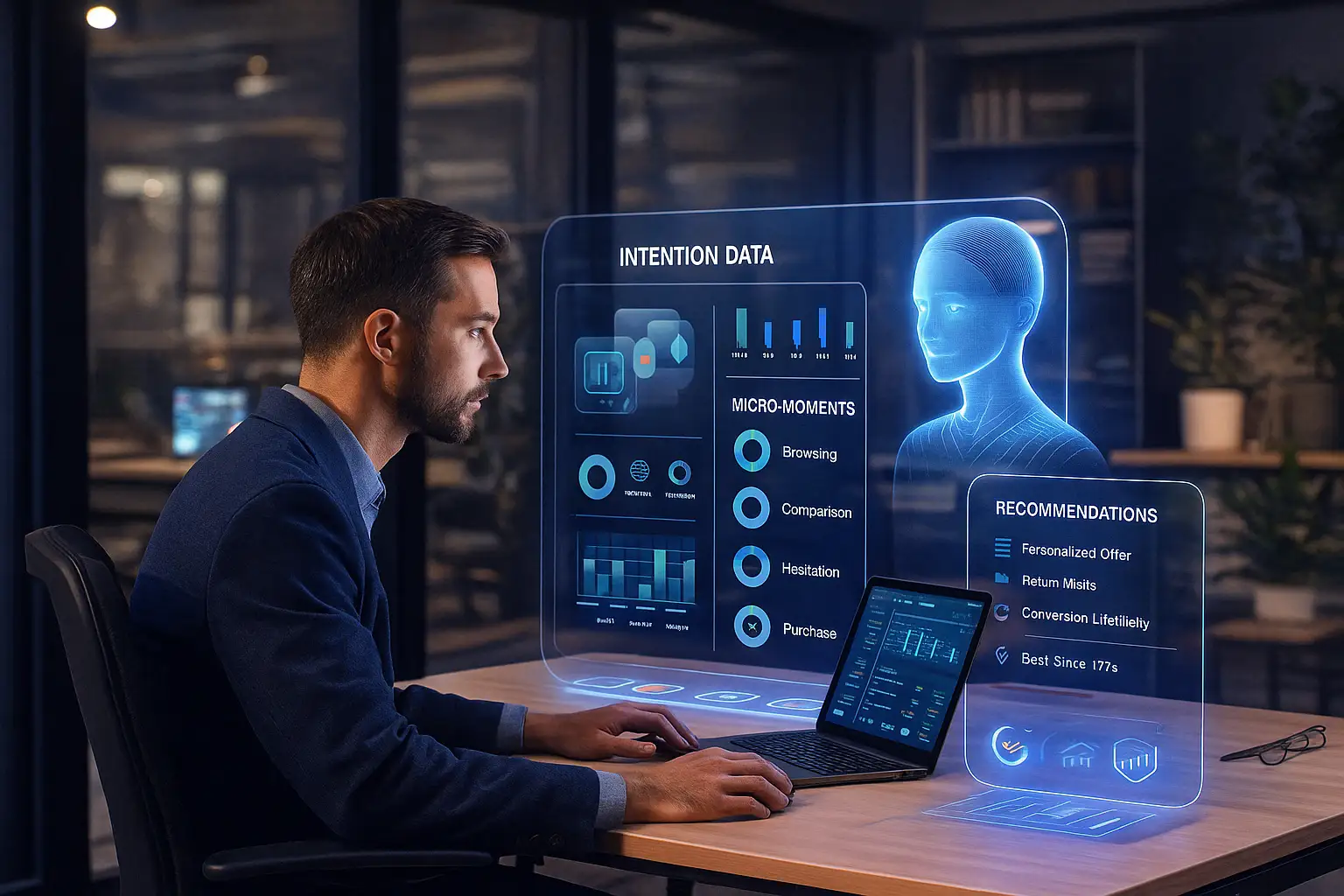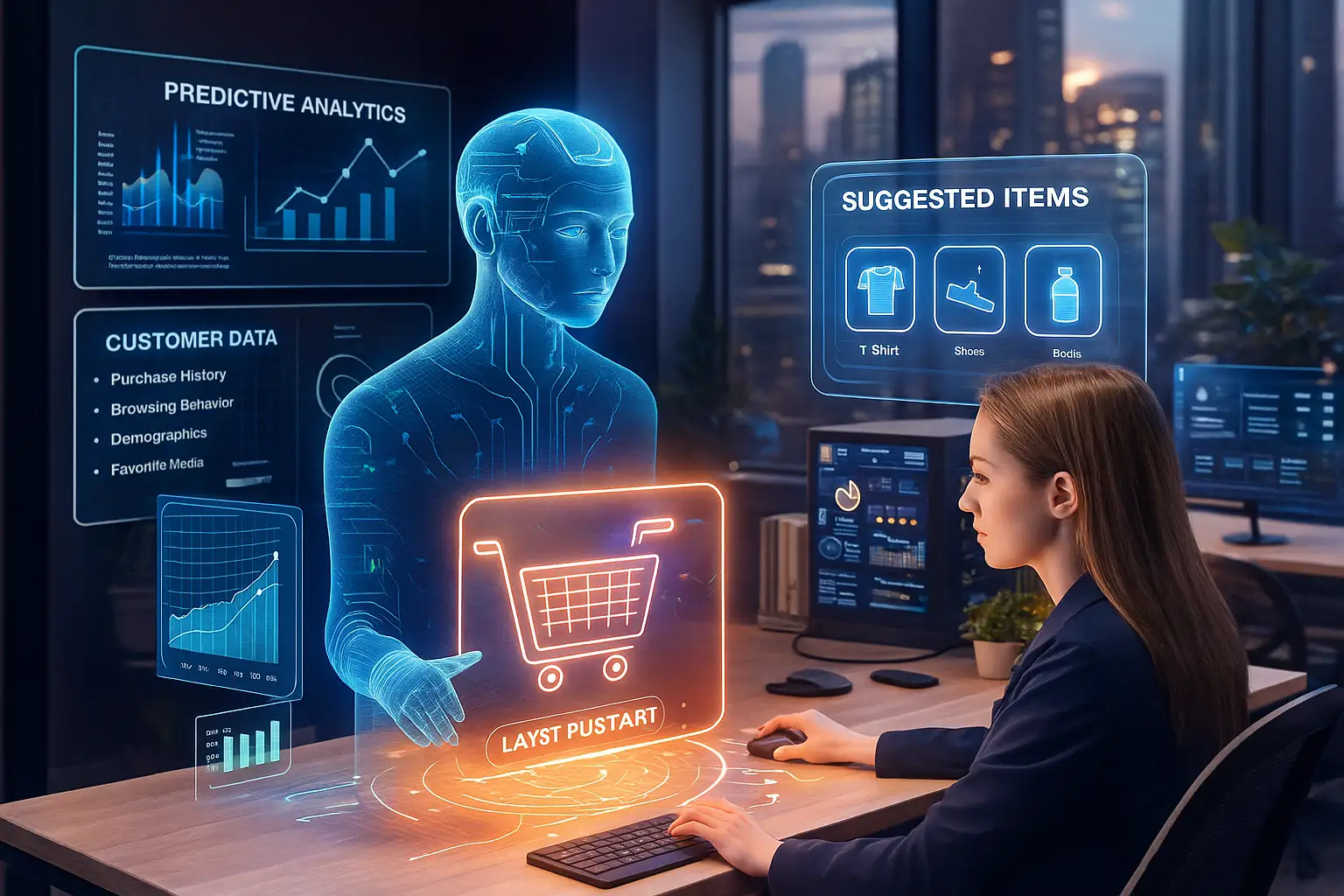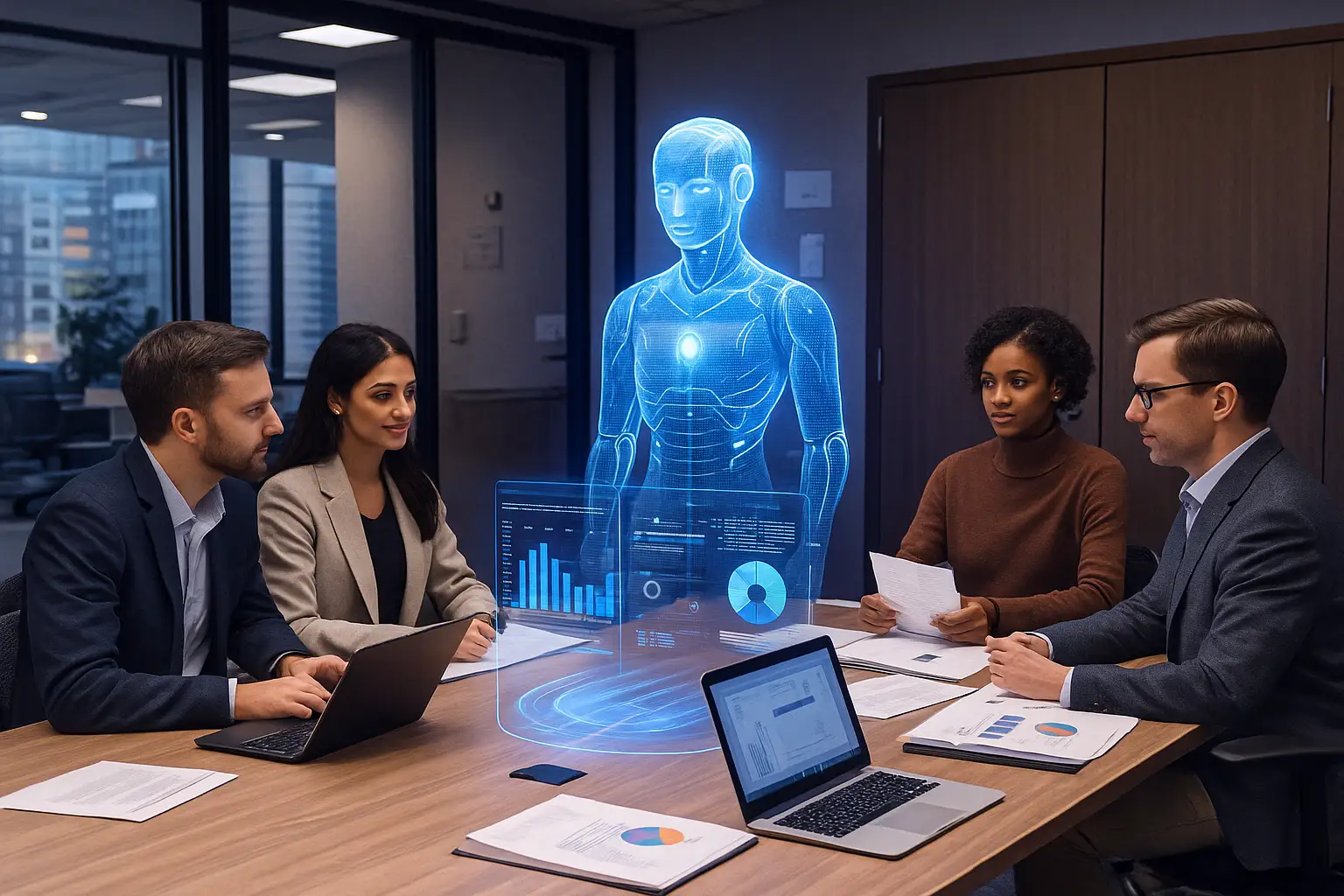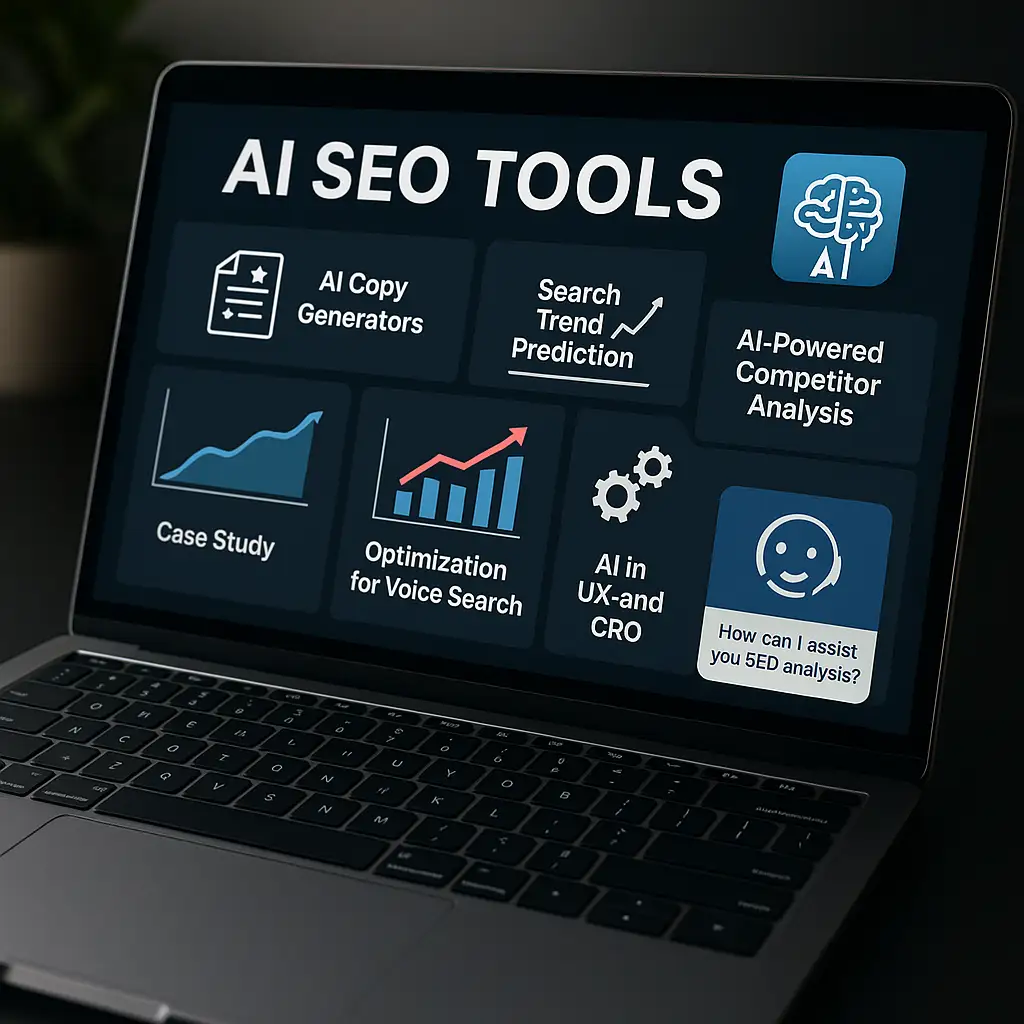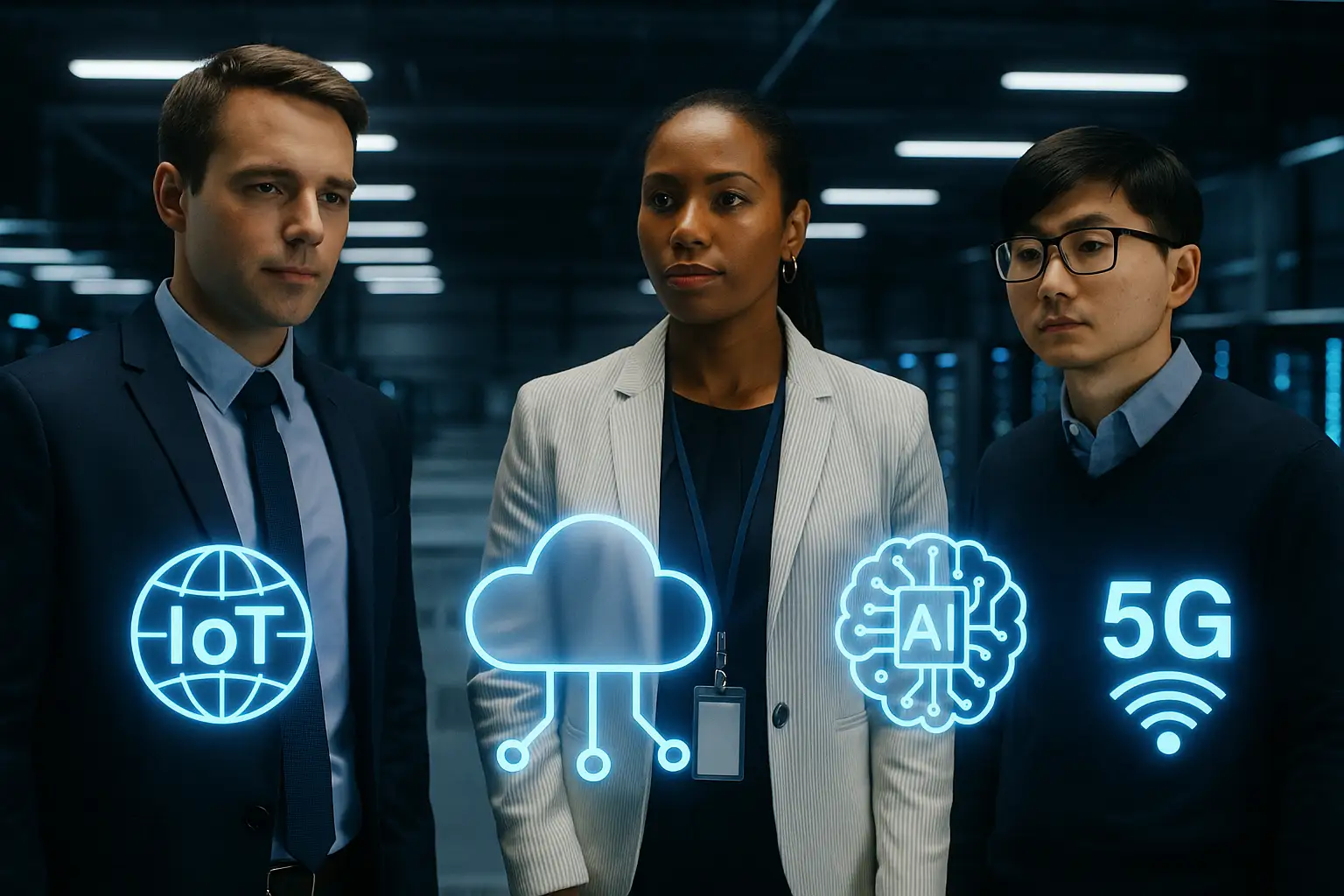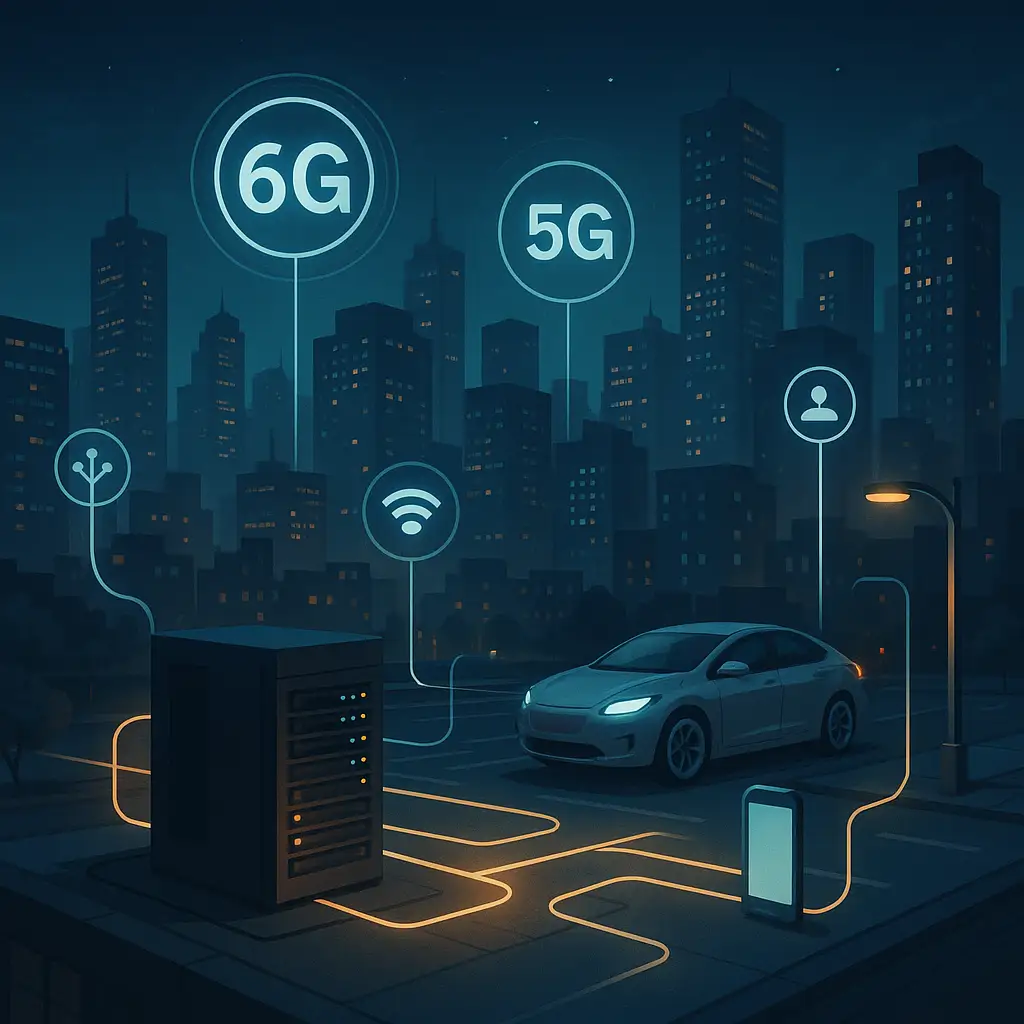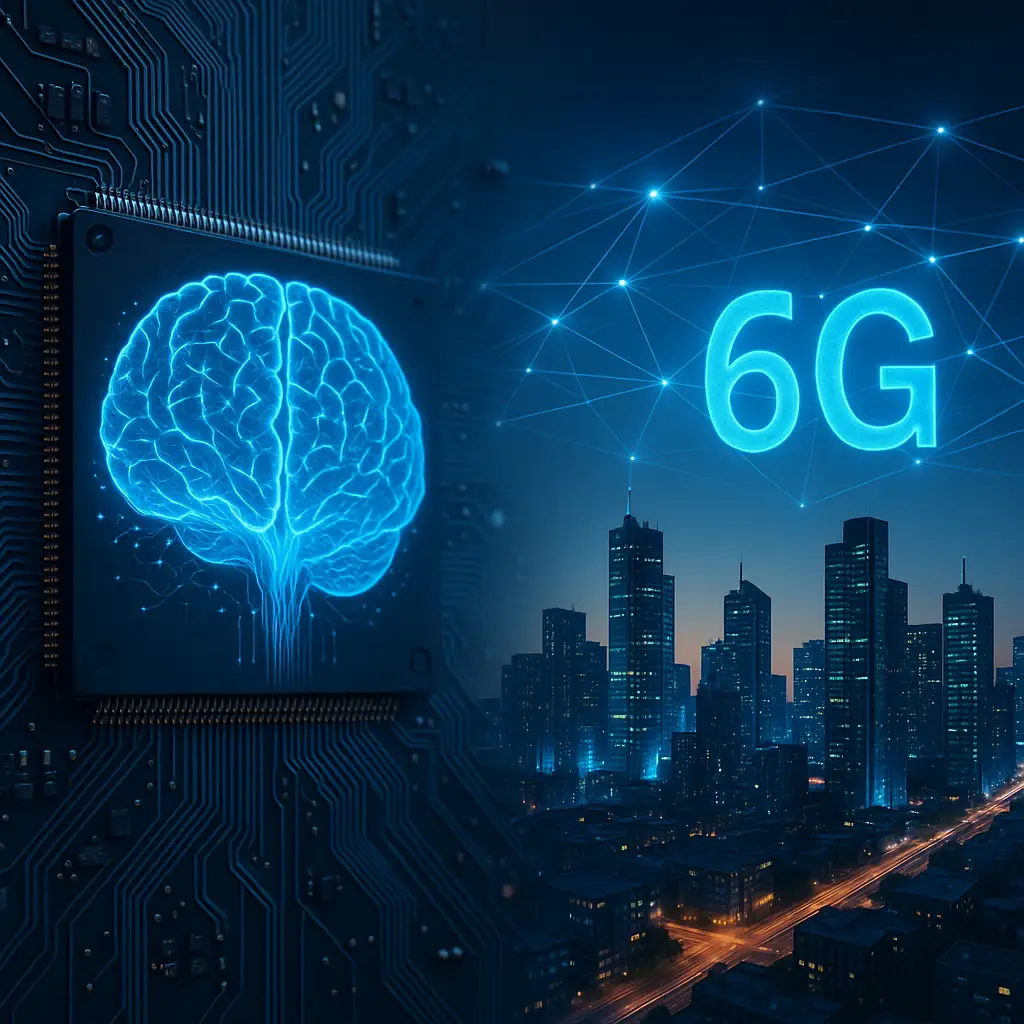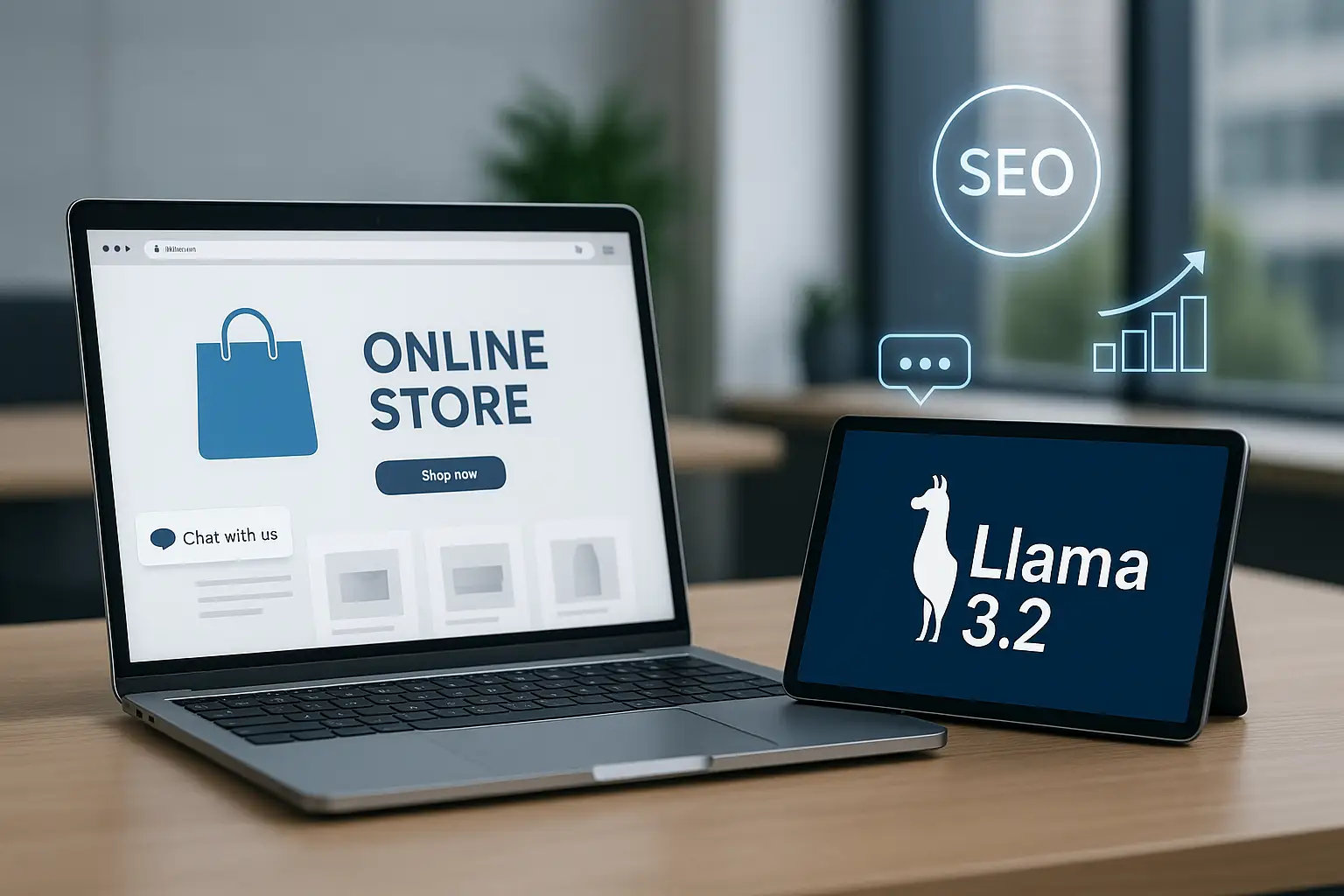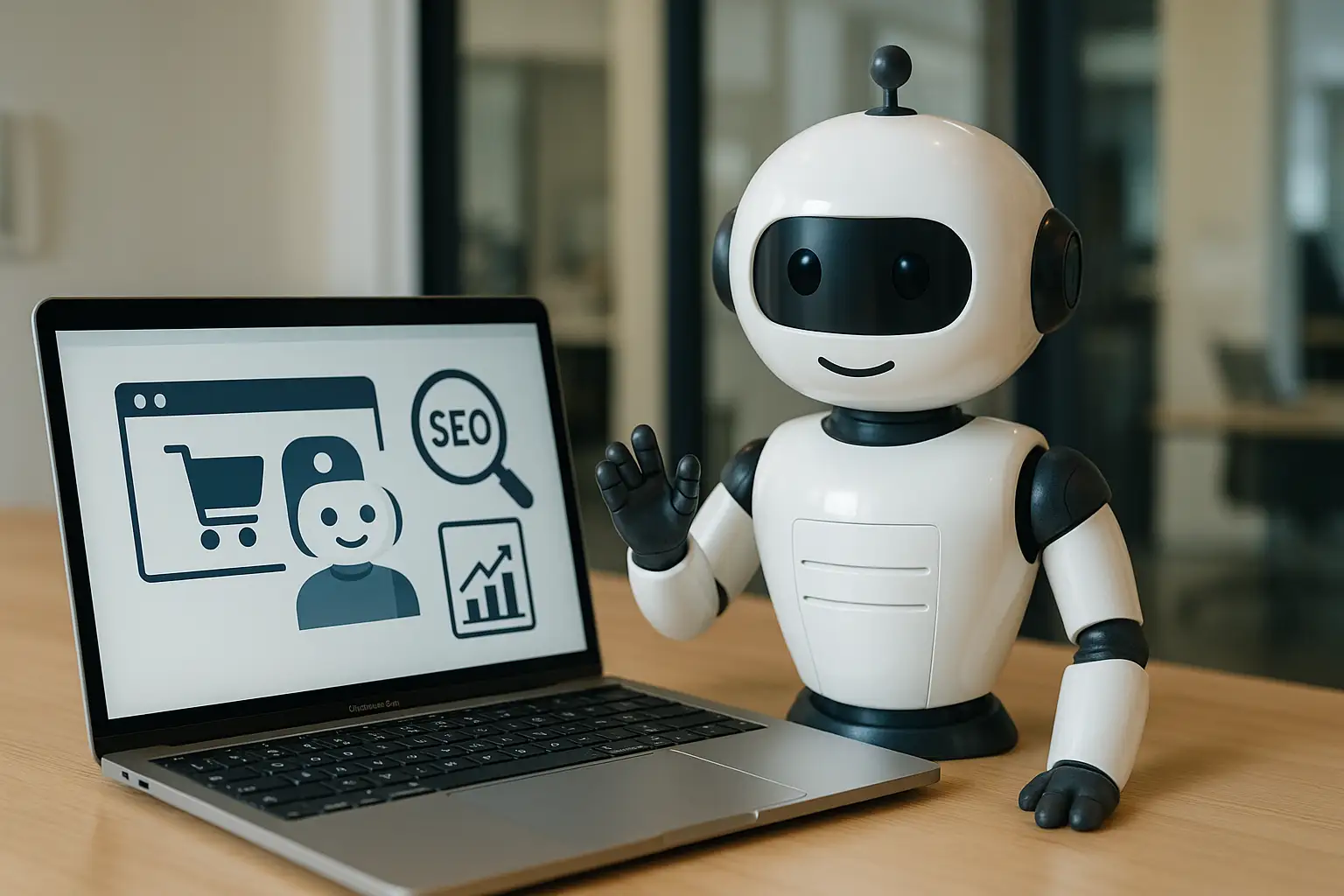Hyper-Personalized Software: How AI Is Creating Products That Adapt Themselves to Every User

Hyper-Personalized Software: How AI Is Creating Products That Adapt Themselves to Every User
1. Introduction
For years, personalization in software meant simple rules: recommended products, saved preferences, or recently viewed items.
But the world is changing — and users expect far more.
Today, software is becoming adaptive, capable of reshaping itself around each individual.
This new frontier is called hyper-personalization, and it’s powered by AI systems that learn from behavior, context, and environment to create deeply tailored experiences.
Hyper-personalization is not a feature.
It is a new paradigm of software design.
2. What Is Hyper-Personalized Software?
Hyper-personalized software uses AI — especially machine learning, behavioral modeling, and predictive analytics — to adjust interfaces, features, and content dynamically for every user.
Unlike traditional personalization, which is rule-based, hyper-personalization is:
- continuous (adapts on the fly),
- context-aware (location, time, device, past behavior),
- predictive (anticipates needs),
- unique (no two users get the same experience).
In practice, the software becomes a living system — evolving with the individual.
3. How Hyper-Personalization Works
1. Behavioral Data Collection
The system gathers signals: clicks, scrolls, habits, device use, session times, and navigation patterns.
2. Real-Time Analysis
AI models identify what a user values, ignores, prefers, or avoids.
3. Predictive Personalization
Based on behavioral clusters and user-specific patterns, the system predicts what the user wants to see next.
4. Adaptive UI & Features
The interface changes automatically:
- rearranging modules,
- hiding irrelevant elements,
- adjusting difficulty,
- or surfacing features at the right time.
Hyper-personalization = algorithm + interface + context + prediction.
4. Why Hyper-Personalization Matters
We live in a world of digital overload.
Users don’t want more content — they want relevant content.
Hyper-personalization drives:
Higher engagement
Users spend more time in apps that “feel made for them.”
Higher conversion
Tailored experiences increase purchase and decision rates.
Better retention
People stay loyal to apps that understand their habits.
Lower cognitive load
Adaptive interfaces reduce complexity and make software easier to use.
In a competitive software market, personalization is no longer a luxury — it’s a differentiator.
5. Real-World Examples
Netflix & Streaming Platforms
Personalized thumbnails, recommendations, and watchlists represent early-stage hyper-personalization.
Adaptive Learning Systems
Education platforms adjust difficulty, speed, and teaching style based on how students learn.
E-commerce
Stores reorganize product listings, banners, and promotions uniquely for each user.
Productivity Apps
Tools like Notion or Linear AI suggest workflows, templates, and automations based on past behavior.
Health & Fitness
Wearables adapt routines, notifications, and metrics tailored to personal patterns.
Hyper-personalization is expanding into banking, HR tools, telemedicine, SaaS dashboards, and enterprise software.
6. The Architecture Behind Hyper-Personalized Software
A modern system uses:
AI + ML Models
Behavioral clustering, anomaly detection, and real-time recommendation engines.
User Profiling Layer
Deep profiles built progressively as the user interacts.
Context Engine
Understands environment — device, activity, location, time, intent.
Adaptive UI Layer
Interface blocks and components that rearrange dynamically.
Feedback Loop
AI learns from every interaction.
This architecture turns static software into interactive, living ecosystems.
7. Benefits for Businesses
Revenue Growth
More relevant experiences increase conversions dramatically.
Operational Efficiency
AI reduces manual optimization and A/B testing.
Product Evolution
Features adapt automatically — reducing redesign cycles.
Competitive Advantage
Early adopters create “sticky” experiences that are hard for competitors to replicate.
8. Challenges & Risks
Despite the benefits, hyper-personalization raises important questions:
Privacy
More personalization requires deeper data insights — transparency is crucial.
Bias Risk
AI may reinforce existing user patterns, limiting discovery.
Over-Personalization
Too much adaptation may feel invasive or overwhelming.
Technical Complexity
Adaptive systems require robust data architecture and AI governance.
The future of personalization must balance relevance + ethics.
9. Future Trends: What’s Next?
1. Emotion-Aware Interfaces
Software that recognizes frustration, confusion, or satisfaction through voice and facial cues.
2. Digital Twins of Users
AI models that represent your preferences and behaviors — predicting what you need before you open the app.
3. Autonomous Personal Assistants
AI agents inside apps that adapt workflows for you automatically.
4. Context-Driven UI
Interfaces that change based on place, mood, or activity.
5. Generative Personalization
GenAI will create layouts, dashboards, and features completely different for every person.
The future of software is unique for everyone.
10. Conclusion
Hyper-personalized software marks a transition from products that are used to products that understand.
It transforms how people interact with technology — making it more intuitive, relevant, and human.
Companies that embrace this shift will build the next generation of digital experiences.
Those who ignore it will build software for a world that no longer exists.
Because the future of digital products is clear:
Not one solution for everyone — but one unique solution for every individual.

